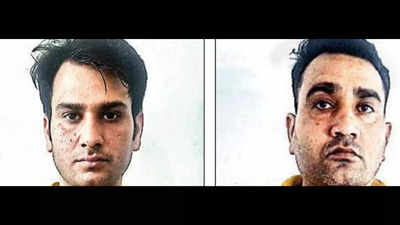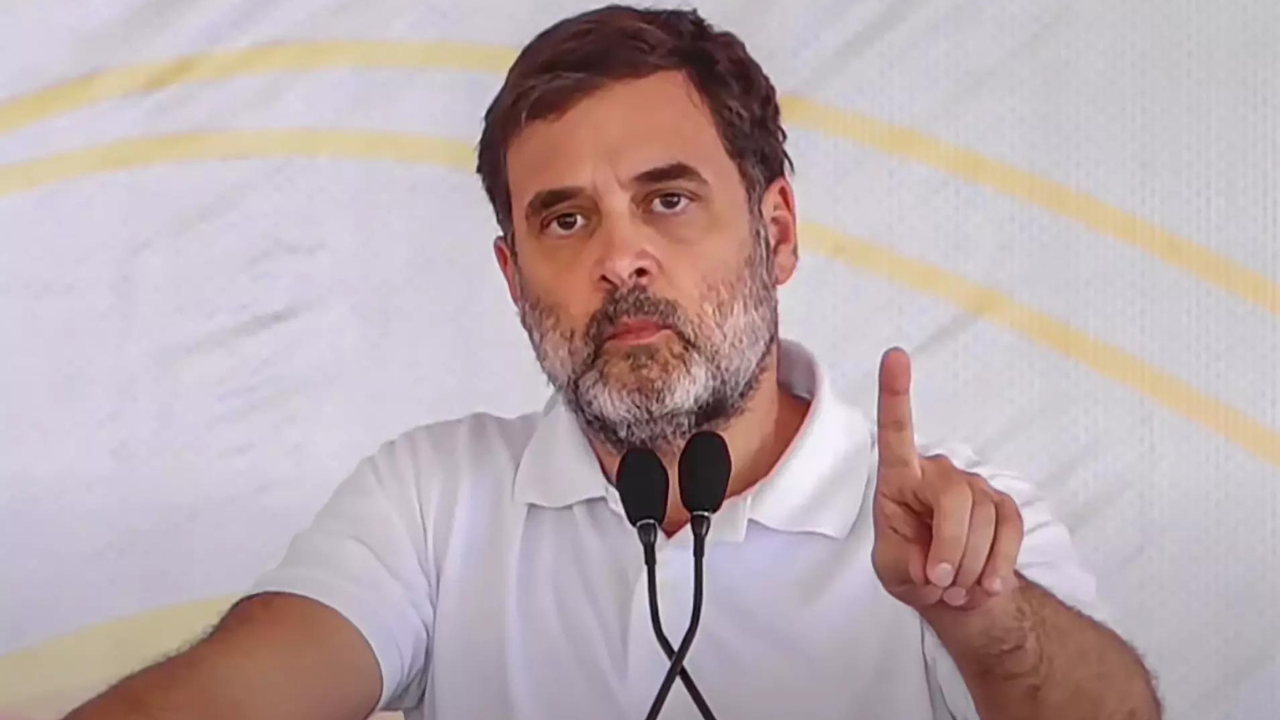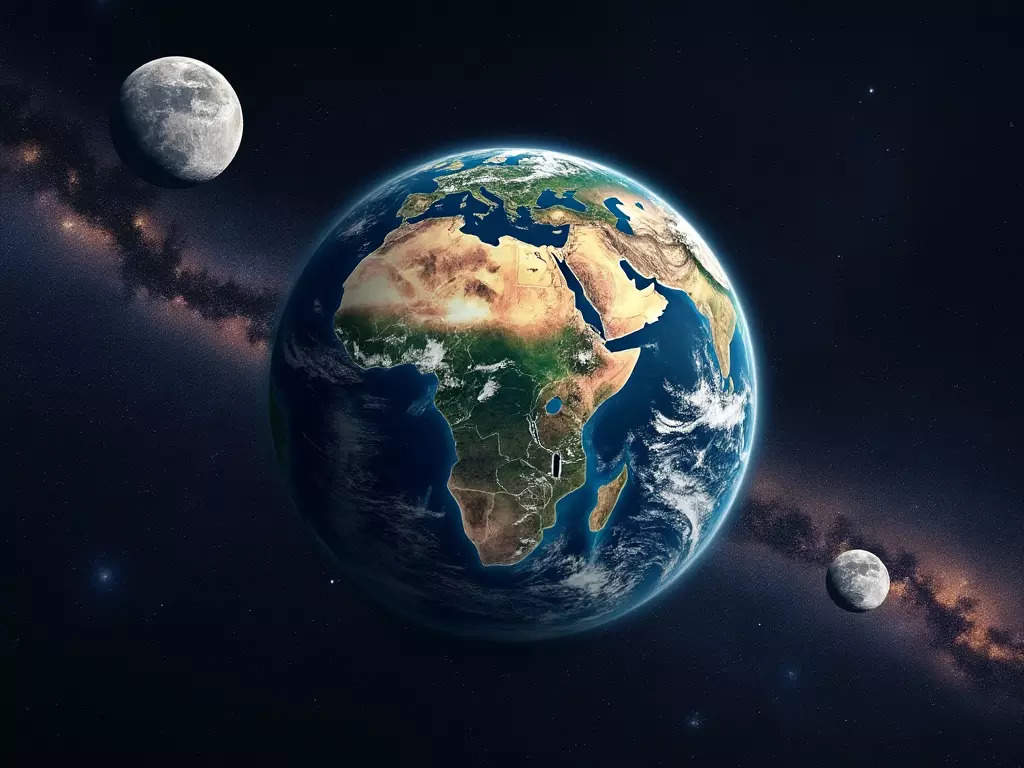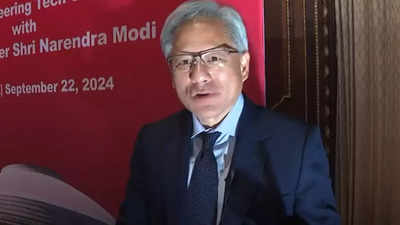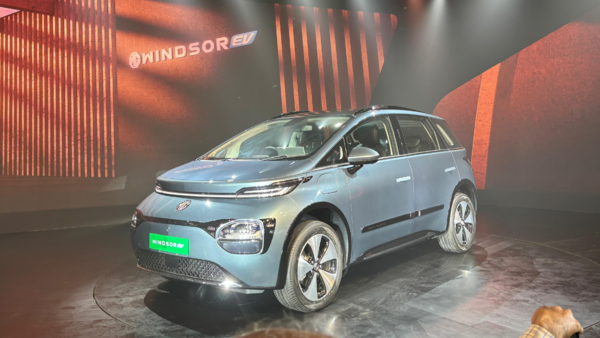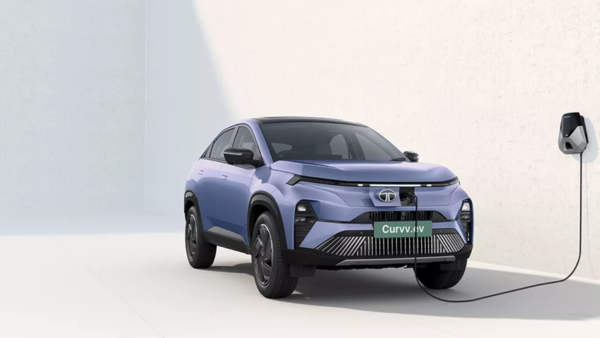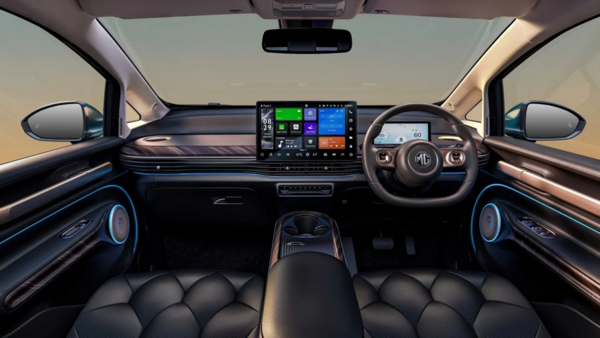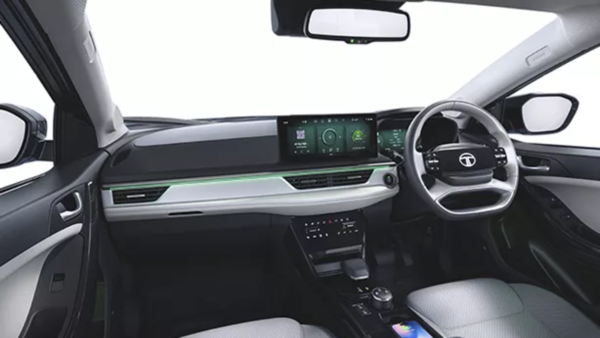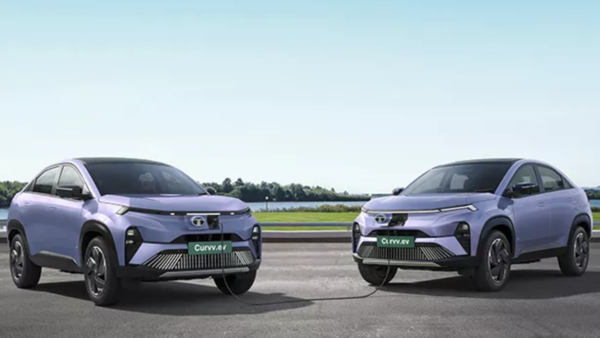MG Motor India recently launched the new MG Windsor EV with prices starting from Rs 13.49 lakh (ex-showroom with battery) and from Rs 9.99 lakh with the BaaS Program where the battery is rented as a service. The bookings for the EV will commence on October 3, 2024, and deliveries are expected to begin from the festive season. The Windsor EV rivals the Tata Nexon, Mahindra XUV 400 and Tata Curvv coupe SUV.In this article, let’s compare the new MG Windsor with the Curvv EV.
The Windsor EV has three variants – Excite, Exclusive and Essence priced at Rs 13.49 lakh, Rs 14.49 lakh and Rs 15.49 lakh respectively. All prices mentioned are ex-showroom and include the cost of battery and are not liable to Rs 3.5 per km rental under the BaaS Program. The EV will be offered with a lifetime warranty for the first owner, 60 % buyback after three years and one-year free charging at public charging at public chargers using the eHUB by MG app. The Windsor will be available in four colour options – Starburst black, Pearl White, Clay Beige and Turquoise green.
Talking about the Curvv, the Coupe EV SUV is offered in five main variants and two battery pack options – 45 kWh and 55 kWh. The 45 kWh version is available with Creative priced at 17.49 lakh, Accomplished Rs 18.49 lakh and Accomplished plus S at Rs 19.29 lakh. The 55 kWh version is available with Accomplished priced at Rs 19.25 lakh, Accomplished Plus S at 20 lakh, Empowered Plus at 21.25 lakh and Empowered Plus S priced at Rs 22 lakh (all prices are ex-showroom).
Comparing the dimensions, the Windsor EV measures 4295 mm in length, 1850 mm in width, 1677 mm in height, 2700 mm of wheelbase, 186 mm of ground clearance and gets boot space of 604 litres. The Curvv EV measures 4310 mm in length, 1810 mm in width, 1637 mm in height, 2560 mm of wheelbase, 190 mm of ground clearance and gets boot space of 500 litres. The Curvv EV has more length whereas the Windsor has more wheelbase, has more width and also gets more boot space.
In terms of features, both models come packed with features. The Windsor EV gets a large 15.6-inch touchscreen infotainment, an 8.8-inch digital instrument cluster, wireless connectivity Android Auto/Apple CarPlay, wireless charging, rear AC vents, ventilated front seats, powered driver’s seat, 9-speaker Infinity sound system, wireless phone charging, panoramic glass roof, ambient lighting and more. Safety-wise, it gets six airbags, ABS with EBD, all four disc brakes, front and rear parking sensors, ESC, and a 360-degree camera.
Talking about the features in Curvv, it gets a 12.3-inch floating infotainment touchscreen, a 320W 9-speaker JBL sound system, a panoramic sunroof, a 10.25-inch digital instrument cluster, four-spoke steering with illuminated Tata logo and paddle shifters to adjust re-gen, wireless charging pad, ventilated and six-way adjustable front seats, a two-step rear seat recline function, cooled glove box, 45W Type-C charging ports, connected car tech, Arcade. ev app suite, powered tailgate with gesture control, push-button start and much more.
Safety features include six airbags, ESP, all-wheel disc brakes, and a range of other features. Additionally, it includes acoustic alerts to ensure pedestrian safety and Level 2 ADAS with 20 features.
Now let’s talk about the battery, e-motor and range. It gets a 38kWh LFP battery paired with a front axle-mounted motor which puts out 136hp of power and 200Nm of torque, it has a claimed range of 331 km. It gets four driving modes – Eco+, Eco, Normal and Sport. Using 45kW chargers, the battery can be juiced up from 0 to 80 per cent in 55 minutes. It also gets 3.3kW and 7.7kW AC chargers which can charge the battery from 0 to 100 percent in about 14 hours and 6.5 hours, respectively.
Tata Curvv petrol, diesel first drive review: Better than Creta? | TOI Auto
The Curvv EV is available in two battery pack options – a 45 kWh with a 502 km range and 55 kWh with 585 km (both claimed). In real-world conditions, these provide an estimated range of up to 350 km and 425 km, respectively. The EV also features a 1.2C charging rate, allowing it to achieve a range of 150 km in just 15 minutes of charging. Both battery packs come paired with a single PMSM electric motor which puts out 167 hp of power with the ability to sprint from 0-100 kph in 8.6 seconds and a top speed of 160 kph. (claimed).
